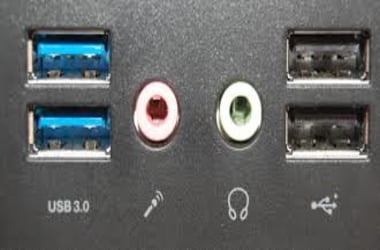
Or you can move on to Fix 2, below.įix 2: Reinstall your USB controller drivers If it doesn’t, contact Driver Easy’s support team at for further assistance. Restart your computer and check if your USB Composite Device now works properly.You get full support and a 30-day money back guarantee.) (This requires the Pro version - you’ll be prompted to upgrade when you click Update All. Or click Update All to automatically download and install them all automatically. Click Update next to any flagged devices to automatically download the correct version of their drivers, then you can install them manually.Driver Easy will then scan your computer and detect any problem drivers. Update your USB Composite Device driver automatically - If you don’t have the time, patience or computer skills to update your driver manually, you can, instead, do it automatically with Driver Easy. You don’t need to know exactly what system your computer is running, you don’t need to be troubled by the wrong driver you would be downloading, and you don’t need to worry about making a mistake when installing. If you take this approach, be sure to choose the driver that’s compatible with the exact model number of your hardware, and your version of Windows. Update your USB Composite Device driver manually - You can update your driver manually by going to the hardware manufacturer’s website, and searching for the latest driver for your USB Composite Device. There are two ways to update your USB Composite Device driver: manually and automatically. The most likely cause for your USB Composite Device error is a device driver problem.įortunately, this is one of the easiest problems to fix. Update your USB Composite Device driverįix 1: Update your USB Composite Device driver.You don’t have to try them all just work your way down the list until you find that one that works for you. Here are 3 fixes that have helped many other users solve their USB Composite Device problem.

This article helps you solve the problem, quickly and easily! Try these fixes

You can also open the “Device Manager” through the “Run” dialog, by pressing the ⊞ Win + R and executing the devmgmt.msc command.Īlthough there is no direct equivalent to the lsusb command in Windows, you can use the PowerShell’s Get-PnpDevice command to list the connected USB devices and display the information about them.If you keep getting the above error message when trying to connect your USB Composite Device to your computer, here are the real fixes for your issue. One of the quickest ways to list the connected USB devices in Windows is by using the “Device Manger”: simply press the ⊞ Win key to open the “Start Menu” and type “device manager” to search for the app. The lsusb command in Linux, known as the “List USB” command, is widely used to list the connected USB devices and display the information about them.


 0 kommentar(er)
0 kommentar(er)
